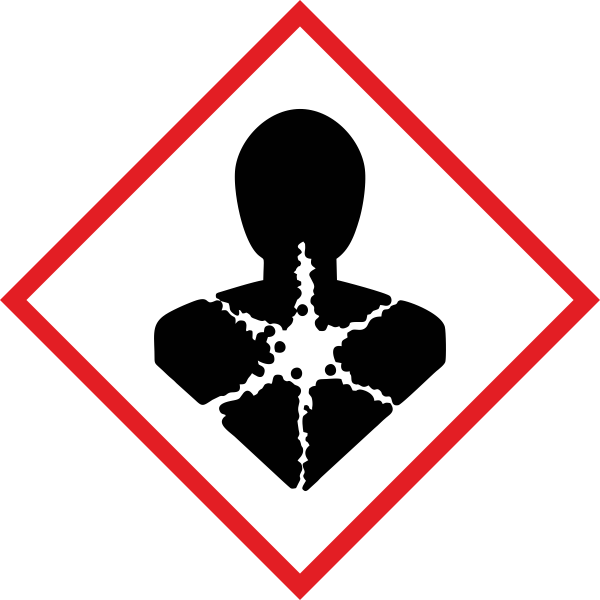2-Acetamidofluorene 98.0%(HPLC)
98.0%(HPLC)
Synonym: N-2-Fluorenylacetamide
Linear Formula:
C15H13NO
Molecular Weight: 223.28g/mol
CAS Number: 53-96-3
Properties
| Vapour pressure | 0.0±1.1 mmHg at 25℃ |
| Water Solubility | Insoluble |
| Assay Purity | >98%(HPLC) |
| Refractive index | 1.674 |
| B pt. | 303℃ |
| M pt. | 196℃ |
| Density | 1.23g/cm3 |
Safety Information
| Hazard Statement(s) | H302 - H350 |
| Precautionary Statement | P201 - P301 + P312 + P330 - P308 + P313 |
| Symbol |


|
| Signal word | Danger |
| HS Code | 2924299090 |
| Flash point | 277.2℃ |
| Storage Temp. | Store under inert gas |
| Storage Class | 9 |
| Packaging | Glass Bottle |
| UN Number | 3077 |
Description
Application
N-(2-Fluorenyl)acetamide (2-Acetamidofluorene 2-AAF) a genotoxic carcinogen is used to induce liver cancer in animal models such as the 2-AAFpartial hepatectomy rat. 2-AAF may be used to study the mechanism of liver carcinogenesis and as a reference material during its identification or quantitation.
Purpose
For R&D use onlynot for drug household or other uses.
General Description
2-Acetylaminofluorene (AAF 2-AAF) is a carcinogenic and mutagenic derivative of fluorene. It is used as a biochemical tool in the study of carcinogenesis. It induces tumors in a number of species in the liver bladder and kidney. The metabolism of this compound in the body by means of biotransformation reactions is the key to its carcinogenicity. 2-AAF is a substrate for cytochrome P-450 (CYP) enzyme which is a part of a super family found in almost all organisms. This reaction results in the formation of N-hydroxy-2-acetylaminofluorene which is a proximal carcinogen and is more potent than the parent molecule.
Documents
| SDS |
| COA |
| Specification |
| Bulk quote order form |
